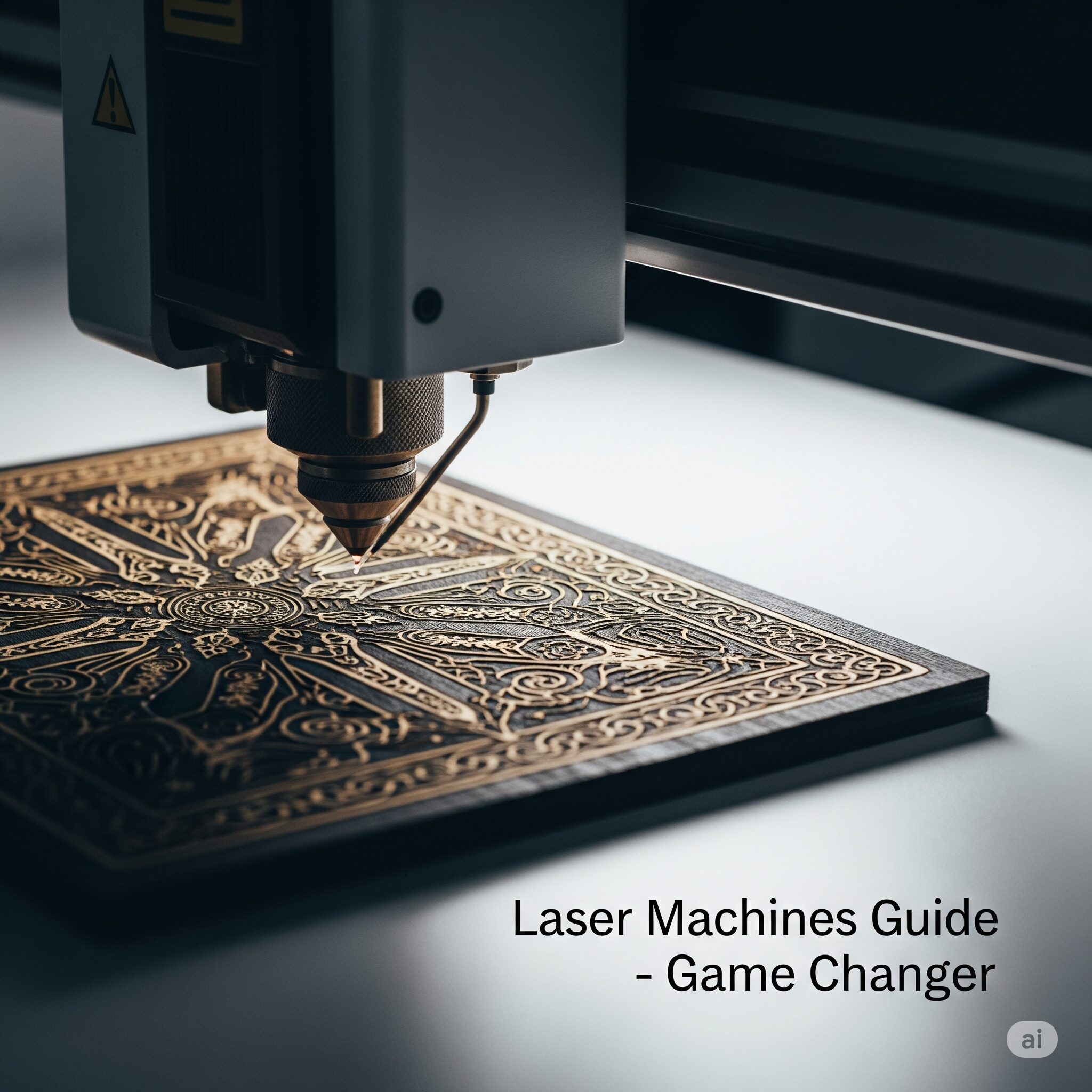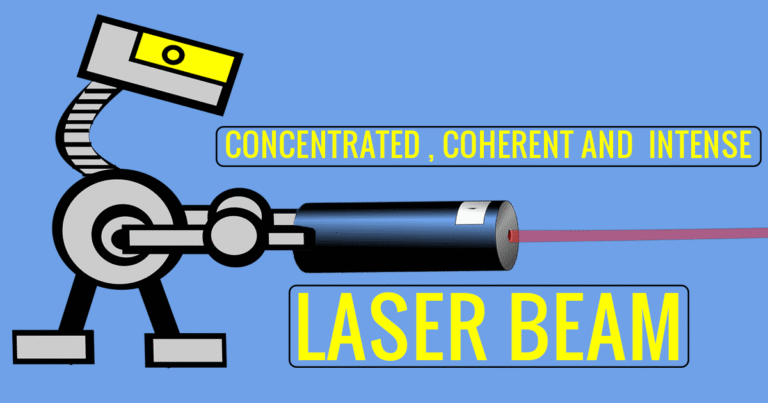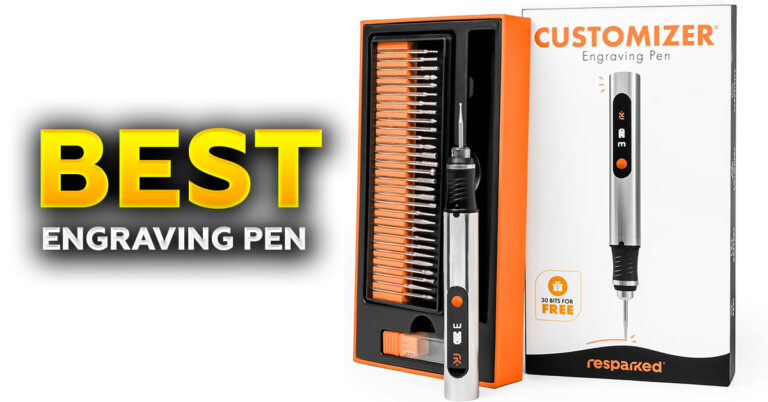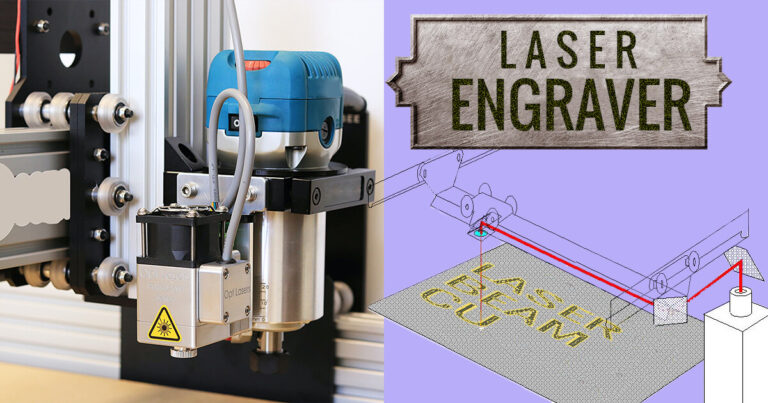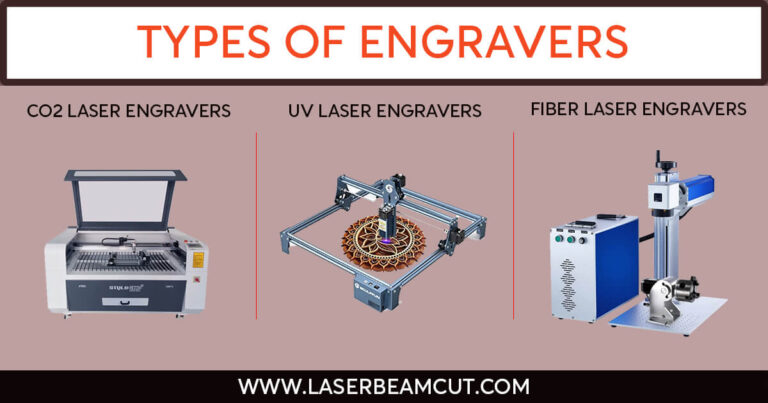Laser Welding Machines – Game Changer
In the ever-evolving landscape of modern manufacturing, where precision, speed, and efficiency are paramount, one technology stands out for its transformative impact: laser welding. This advanced joining technique has revolutionized industries ranging from automotive to medical, offering unparalleled control and superior weld quality. But what exactly are laser welding machines, how do they work, and why are they becoming indispensable? Let’s delve into the fascinating world of laser welding.
What is Laser Welding?
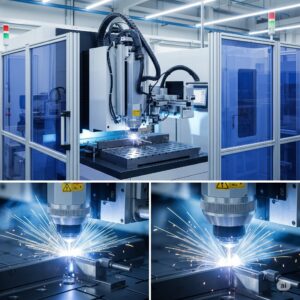
At its core, laser welding is a fusion welding process that uses a highly concentrated beam of light (a laser) as a heat source to join materials. Unlike traditional welding methods that rely on electrical arcs or flames, laser welding directs an intense beam onto the joint, melting the material and creating a strong, narrow, and deep weld pool. As the laser moves, the molten material solidifies, forming a robust metallurgical bond.
How Laser Welding Works
The magic of laser welding lies in the laser beam itself. A laser (Light Amplification by Stimulated Emission of Radiation) produces a coherent, monochromatic, and collimated beam of light. This beam is then focused onto a very small spot on the workpiece, concentrating immense energy.
Here’s a simplified breakdown:
- Generation: A laser source (e.g., a high-power diode, crystal, or gas medium) generates the laser beam.
- Delivery: Optical fibers or mirrors guide the laser beam to the processing head.
- Focusing: Lenses within the processing head focus the beam to an incredibly small spot, typically less than a millimeter in diameter.
- Interaction: When this highly focused, high-energy beam strikes the material, it rapidly heats and melts it. For thicker materials, the laser can create a ‘keyhole’ – a vaporized channel that allows for deeper penetration and faster welding.
- Solidification: As the laser moves along the joint, the molten material cools and solidifies, forming a strong weld seam.
Types of Laser Welding Machines
Different applications demand different types of lasers, each with its unique characteristics:
- Fiber Lasers: These are currently the most popular type due to their excellent beam quality, high efficiency, compact size, and low maintenance. They are versatile and used across a wide range of industries for precision welding of various metals.
- CO2 Lasers: Once the workhorse of industrial laser processing, CO2 lasers use a gas mixture to generate the beam. They offer high power and are effective for welding thicker materials, often found in heavy manufacturing. However, their beam delivery requires complex mirror systems, making them less flexible than fiber lasers.
- Nd:YAG (Neodymium-doped Yttrium Aluminum Garnet) Lasers: These solid-state lasers produce a beam that can be delivered via optical fibers, offering good flexibility. They are known for their ability to weld highly reflective materials and are commonly used in the medical device and jewelry industries.
- Diode Lasers: While typically lower in power than fiber or CO2 lasers, diode lasers are highly energy-efficient and compact. They are often used for brazing or low-power welding applications.
Advantages of Laser Welding
The widespread adoption of laser welding is driven by its numerous benefits over conventional methods:
- Exceptional Precision and Control: The highly focused laser beam allows for very narrow and deep welds with minimal heat-affected zones (HAZ). This is crucial for delicate components.
- Minimal Heat Input & Less Distortion: Because the heat is so localized, the overall heat input to the workpiece is significantly lower, reducing material distortion, warping, and residual stresses. This often eliminates the need for post-weld straightening.
- High Speed: Laser welding is a very fast process, leading to increased production rates and higher throughput, making it highly economical for mass production.
- Versatility Across Materials: It can weld a wide range of materials, including dissimilar metals, and is effective on highly conductive materials like copper and aluminum, which are challenging for other methods.
- Non-Contact Process: Since there’s no physical contact between the welding tool and the workpiece, there’s no tool wear, no contamination, and it allows for welding in hard-to-reach areas.
- Automation Compatibility: Laser welding machines are highly suited for robotic integration and automation, ensuring consistent quality and reduced labor costs.
- Aesthetics: The fine, clean weld seams often require little to no post-weld finishing, improving the final product’s appearance.
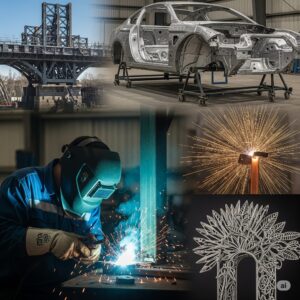
Applications of Laser Welding
The unique advantages of laser welding have made it indispensable in various sectors:
- Automotive Industry: From car body components and gear assemblies to battery packs for electric vehicles, laser welding ensures strong, lightweight, and precise joints.
- Medical Devices: The precision and minimal heat input are critical for welding delicate instruments like pacemakers, surgical tools, and implants, where sterility and biocompatibility are vital.
- Aerospace: Used for joining lightweight alloys in aircraft components, satellites, and rockets, where structural integrity and weight reduction are paramount.
- Electronics: Ideal for micro-welding tiny components in circuit boards, sensors, and connectors, where accuracy is key.
- Jewelry Manufacturing: Its precision allows for intricate and invisible welds in precious metals, creating seamless designs.
- Consumer Goods: From appliance parts to smartphones, laser welding helps create durable and aesthetically pleasing products.
Factors to Consider When Choosing a Laser Welding Machine
Investing in a laser welding machine requires careful consideration:
- Material Compatibility: Ensure the laser type (fiber, CO2, etc.) is suitable for the materials and thicknesses you intend to weld.
- Power Requirements: Match the laser’s power output to your application’s depth of penetration and speed requirements.
- Automation Needs: Decide whether a manual, semi-automatic, or fully automated (robotic) system is best for your production volume and complexity.
- Beam Delivery System: Fiber delivery offers flexibility, while fixed optics may be sufficient for simpler setups.
- Budget & ROI: Assess the initial investment against the long-term benefits in terms of production efficiency, quality, and reduced scrap.
- Service & Support: Availability of technical support, spare parts, and training is crucial for smooth operation.
The Future of Laser Welding
The field of laser welding continues to advance rapidly. Innovations include higher power sources, more intelligent control systems with real-time monitoring and feedback, and the development of new laser types. Hybrid laser-arc welding, which combines the benefits of both laser and traditional arc welding, is also gaining traction for its ability to achieve deeper penetration and higher speeds. As demand for lighter, stronger, and more intricate products grows, laser welding will undoubtedly remain at the forefront of manufacturing innovation.
Conclusion
Laser welding machines represent a pinnacle of modern manufacturing technology, offering a compelling blend of precision, speed, and versatility. Their ability to create high-quality, low-distortion welds across a diverse range of materials has cemented their role as an indispensable tool in countless industries. As the technology continues to evolve, we can expect even more sophisticated and efficient laser welding solutions, further solidifying its position as a cornerstone of advanced fabrication.

